My great-great-great grandfather fought in the Civil War, displaying bravery and even losing a thumb—a significant hardship, especially for a mason.
I take immense pride in my heritage, firmly believing that his sacrifices merit the same honor bestowed upon veterans from various wars, all the way from the Revolutionary War to World War II.
However, my great-great-great grandfather fought for the Union.
If he had fought for the Confederacy, everything I just said would of course be very polarizing, just like opinions regarding the preservation of Confederate monuments and statues.
What we should do with Confederate monuments and statues has been a hot button issue for quite a while now.
Approaching this issue, I bring a personal perspective as a descendant of Union veterans.
In addition, my extensive travels as a digital nomad have reinforced the belief that experiencing historical places firsthand is the ultimate way to absorb and understand history.
While I may not identify as a historian, the combination of my familial connection and immersive travel experiences shapes my unique perspective on the preservation and removal of historical monuments and statues.
And below I want to lay out my views on why, at least in some cases, we should keep these around.
Are these really “just statues?”
For a while, I tried to see Confederate monuments and statues as nothing more than objects made of metal, cement, or rock, taking on a particular form.
I wanted to believe this perspective, since it would make it easy to dismiss all the drama but eventually I found it difficult to adopt this position.
My journey to Easter Island played a significant role in shaping my perspective.
Renowned for its numerous Moai statues, the purpose of their construction remains uncertain, with theories suggesting representations of ancestors or potential ceremonial and astronomical functions.
But regardless of their purpose, seeing dozens and dozens of these intricately carved statues scattered around the island gave me an immediate sense of the island’s history.
It also woke me up to the enduring human inclination to erect grand structures — a tradition observed across civilizations for millennia.
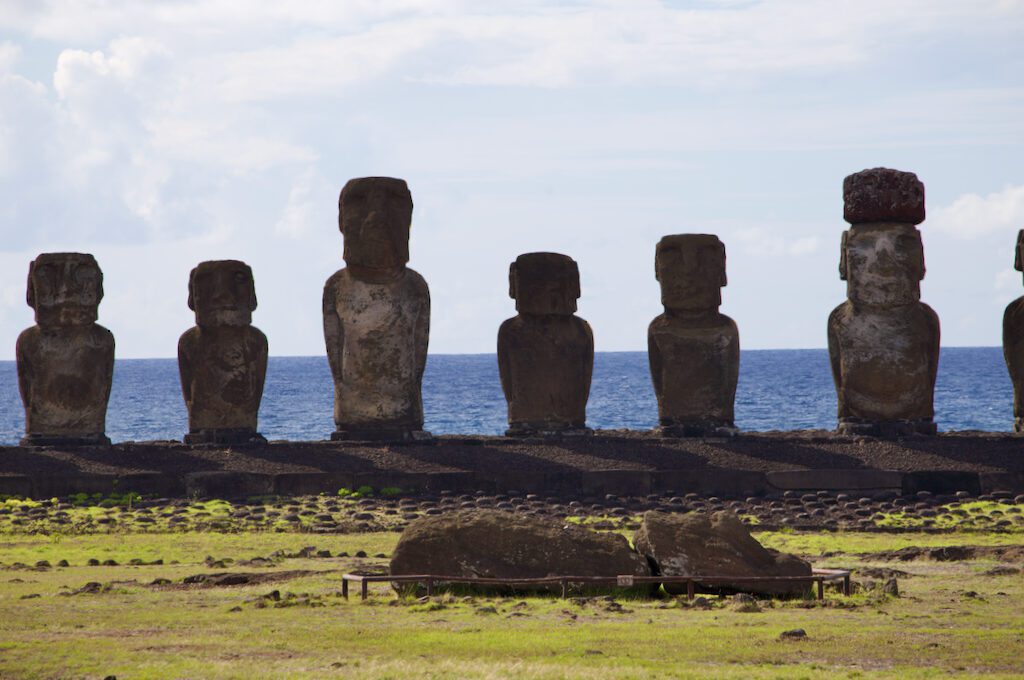
Humans harbor an inherent inclination to construct symbolic structures, forming profound connections, whether for better or worse.
This impulse appears ingrained in our DNA, to the extent that the construction or dismantling of these structures evoke a sense of change in the very fabric of what we consider integral to our identity and belonging.
In my view, this calls for an approach to the monument question that recognizes these aren’t merely inanimate pieces of metal. Instead, they are entities that hold a unique and significant resonance for us, speaking to us in ways that extend beyond their material composition.
From this, two key insights emerge.
Firstly, we can harness the power of this connection for positive purposes, even when a monument carries negative or questionable associations (more on that later).
Secondly, this connection is the reason why monuments, in my perspective, impart a tangible sense of history.
While books are fantastic tools for preserving history, encountering something in the physical form provides a palpable connection that transcends comparison.
Certainly, historical remembrance doesn’t hinge on statues or monuments, but they undeniably offer a tangible sense of history. It’s a visceral experience where individuals can feel the weight and significance of historical context, often sparking curiosity that propels further learning.
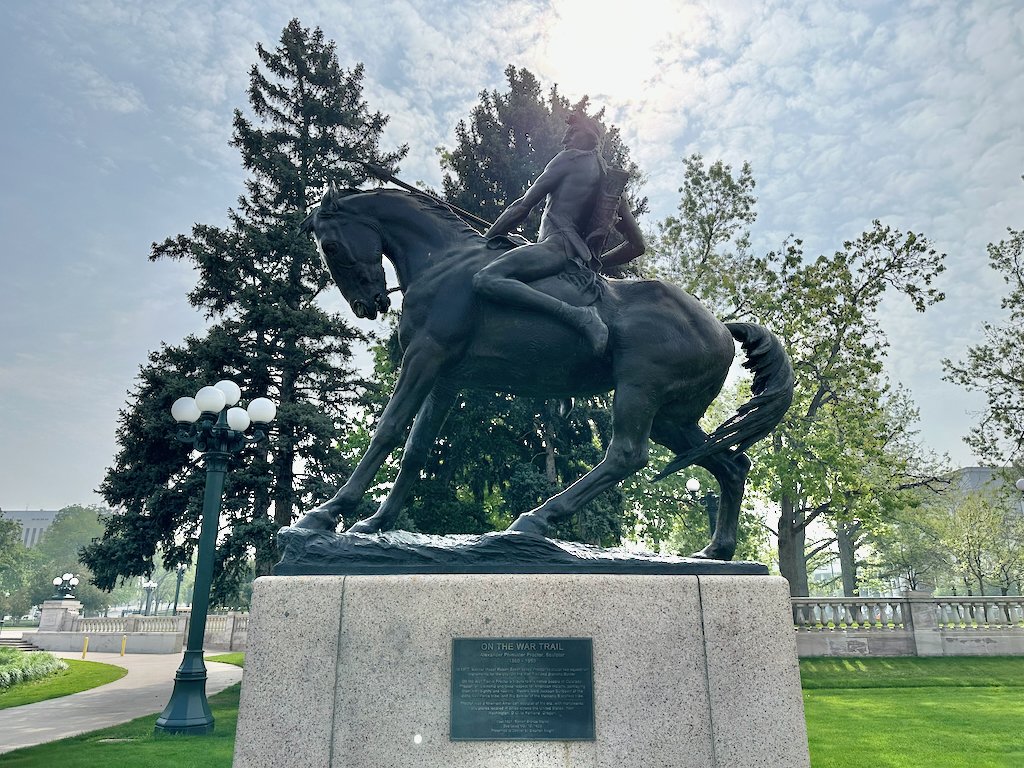
Even if removing statues is not “erasing history,” it’s a failure to learn optimally
There’s ongoing debate around whether removing a statue equates to “erasing history.”
While I acknowledge that it does remove a tangible aspect of history, I also recognize that the memory of a person or an event isn’t solely dependent on the presence of a statue.
But that’s a very intricate debate so for the sake of argument, let’s just assume that removing statues is NOT erasing history. Then what is it?
Proponents advocating for the removal of statues argue that it is not erasing history but a form of “course correction.” They contend that these memorials symbolize a period when racist ideas were pervasive, and by eliminating them, society takes a step toward rectifying past wrongs and fostering a more inclusive future.
While I acknowledge some validity to that perspective and agree with the necessity for course correction, I disagree with the chosen tactics.
I find a simple analogy in my own experiences that resonates with this situation.
When I’m hiking, I use a hiking app to track my routes. This allows me to revisit my hikes, including instances where I had to course correct due to missed turns. These deviations sometimes make my maps look a bit messy and blemished.
In theory, I could edit the route to make the map more visually appealing and make it look like I’m a better navigator (I share these with the public, after all), but doing so would obscure the mistakes I made along the way.
The visual representation of those errors on the map serves as a stark reminder of the corrections I had to make.
While I could document the mistakes in a journal, the visual aspect on the map offers a more immediate and optimal way of learning. The key point here is that we shouldn’t relinquish more effective avenues of learning just because they represent our past deficiencies.
For me, the argument for removal for the sake of course correction seems to overlook the value of having mistakes starkly visible in the form of statues and monuments.
This doesn’t imply an endorsement of leaving every monument untouched, but rather a belief in preserving some monuments to a reasonable degree and with local communities guiding the process. This way, they remain readily accessible for engagement, allowing us to uncover the lessons associated with them.
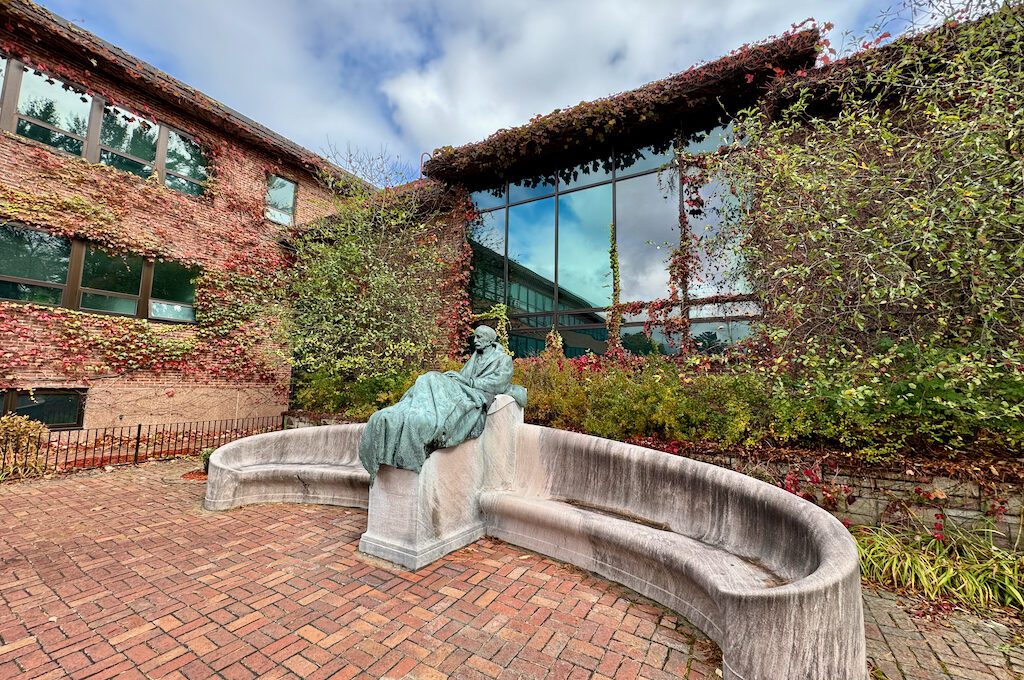
Many monuments have strong connections to key historical eras, providing opportune moments to illuminate and examine those specific periods.
A Confederate monument erected during the “Lost Cause” era provides a valuable opportunity to delve into the issues surrounding the lost cause narrative, offering a chance to open eyes to its problematic aspects (e.g. painting slavery with a rosy picture) and any valid elements that are legitimately the “southern perspective” of the war (e.g., not believing they were traitors).
On the other hand, a monument placed in response to the civil rights movement could tell a different story. It could show use how some of those statues became a symbol of protest, reflecting a symbolic message about the resistance to civil rights after Brown v. Board, for example.
Monuments constructed shortly after the Civil War present an avenue for discussing Reconstruction, exploring how monuments raised during that time played a role in reconciling differences between different parts of the country, and assessing their success or failure, shedding light on how we arrived at our present state.
This approach aligns with the “course correction” I advocate for – not the outright removal of historical pieces, but rather leveraging the visible art pieces we have to initiate meaningful conversations and capitalize on our innate attraction to them.
Exploring various city parks during our travels, we often encounter statues prominently featured in the heart of the park or in front of a capitol building, seemingly glorified. However, I believe Confederate statues could be better placed off to the side in less prominent locations.
These spots, with the addition of interpretive panels, offer an appropriate context-rich setting.
They become places where historical encounters are largely optional or easily avoidable for locals, encouraging a more deliberate engagement for those who desire it.
Of course, issues like vandalism or the potential for the location becoming a shrine need addressing. Yet, I think museums could effectively tackle these concerns.
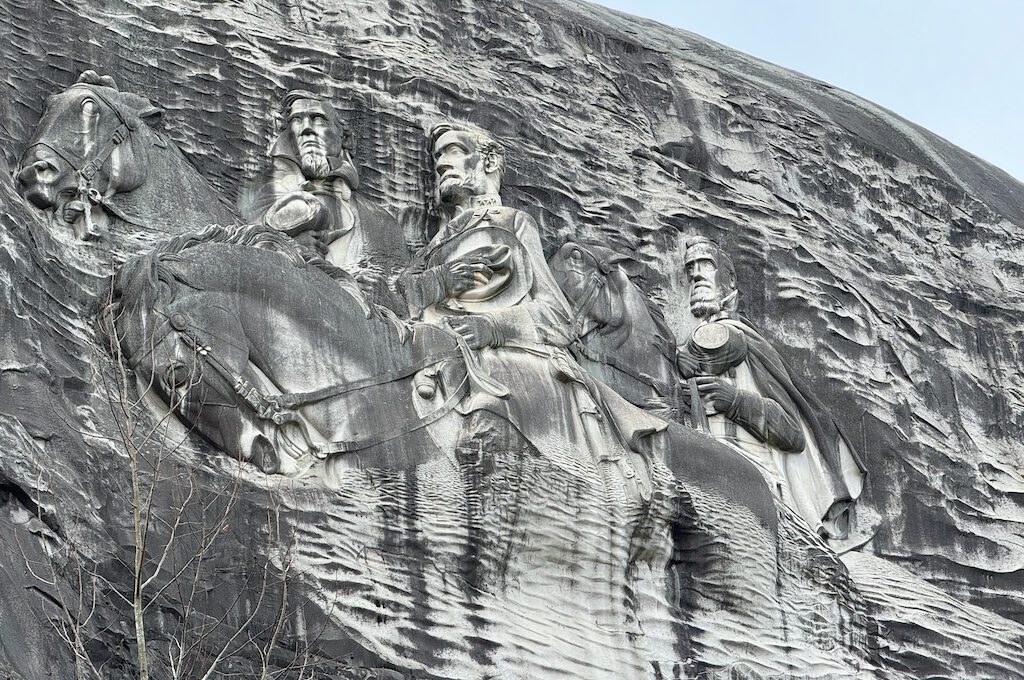
Museums
Museums offer a practical solution for many statues, although some argue that it’s not entirely feasible.
The contention lies in the expenses associated with maintaining large statues and the challenges of placing massive outdoor sculptures indoors. While I agree with these concerns, I don’t always think it’s valid.
Certainly, there are logistical challenges, especially with sizable statues. However, I believe that the statues presenting serious or insurmountable logistical issues are a minority.
In many cases, once removed from their outdoor podiums, statues often become substantially smaller, making them more manageable for indoor museum settings (or even places outdoors somewhere on the premises).
Given our extensive visits to around 100 to 125 museums annually, I’ve developed a good understanding of the capabilities of museums, whether large or small. I’ve witnessed expansive exhibits featuring diverse items, from totem poles to towering structures. In essence, lots of museums have the capacity to accommodate almost anything if they choose to do so.
However, I concur that many museums may not be inclined to host certain statues, but I believe logistical concerns are often secondary in this regard. The primary reason museums may hesitate is that we’ve essentially made these statues toxic. In today’s context, museums tend to be generally woke spaces, often reflecting pretty specific narratives.
They would be inviting controversy and it just would not be a popular thing in their circles for them to take in these monuments. As such, a moderately difficult “logistical hurdle” suddenly becomes completely impractical.
So I think it’s more of a philosophical issue than logistical issue as to why many museums would not take these.
But nevertheless museums could be a good place for statues that can’t find a place in public or where there are risks of bad faith congregations or vandalism.
The only concern at that point is how fair a museum will treat the history of that monument, which brings me to my next point.
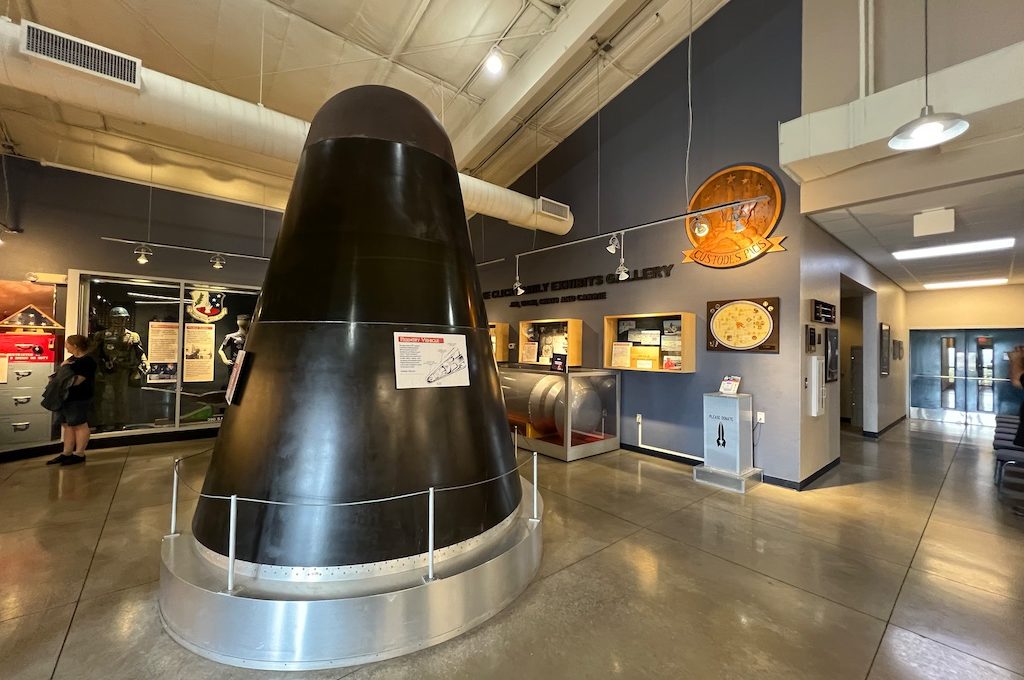
The role of our perception in the monument debate
The foundational issues behind removing statues often revolve around our perception of the Confederate cause and specifically Confederate soldiers, since many monuments revolve around an individual or a group of people.
Some view all Confederate soldiers as nothing more than racist, slave-loving traitors who actively fought to destroy America. This perspective virtually requires the complete removal of their presence.
However, oversimplification can be problematic when it comes to history.
And that is especially true when understanding the complexities of what Civil War soldiers on either side were fighting for.
I used to think that soldiers, like my ancestors in the North, picked up arms and fought in the Civil War because they wanted to “free the slaves” by order of President Lincoln.
Then I learned about Union states with slaves and how the freedom of slaves did not emerge as a prominent rallying cry for the North until midway through the Civil War. Even then, many people in the North weren’t exactly thrilled about it.
Understanding Union soldiers’ motivations is not a straightforward matter, and the complexities of their perspectives are similar to those of Confederate soldiers.
When we primarily think of Confederate soldiers as fanatical bigots rushing onto the battlefield to “die for slavery,” we risk stripping away the dignity of thousands of individuals who were not of that ilk (not to mention just being incredibly simplistic in our historical views).
This oversimplified view can also contribute to the prevalence of disparaging views about the South, creating a cycle of hostility.
In my perspective, the issue of the Confederacy, honor, and slavery is nuanced.
Secession was undoubtedly rooted in slavery. And while the Civil War was largely centered on slavery, the conflict also encompassed a range of complex motivations.
Don’t get me wrong, plenty of non-slaveholding Confederate soldiers supported slavery. This was after all the South in the 1860s.
But even for those who supported slavery with a clear moral conviction, I don’t think it was often on the top of their mind as they ran onto the battlefield at places like the Battle of Antietam or Fredericksburg.
Instead, I think they were likely driven by a sense of duty to their family and homelands. Many were thrust into these roles through the draft or peer pressure. Others, perhaps a sense of adventure.
Crucially, I believe in lots of cases their natural loyalty was more aligned with their state than the union, and they chose to fight for what they felt most loyal to, something I find hard to demonize.
The ultimate point is that these were humans with complex motivations (some reprehensible, some commendable) and it’s okay to recognize that.
I take pride in my ancestors who fought for the Union, and I appreciate that my family is associated with that side. I don’t feel like I have to “justify” or “excuse” my ancestors which is a relief if I’m being honest.
Although I’m glad the Confederacy lost and recognize how they were clearly lagging behind on slavery, I hesitate to make sweeping generalizations about their soldiers that paint them in the most negative light possible.
I definitely don’t feel the need to glorify Confederate soldiers and refuse to get lost in the mythos. But I don’t feel the need to rob them of their dignity to the extent that we rob ourselves of the lessons they can teach us. We can humanize them without romanticizing them.
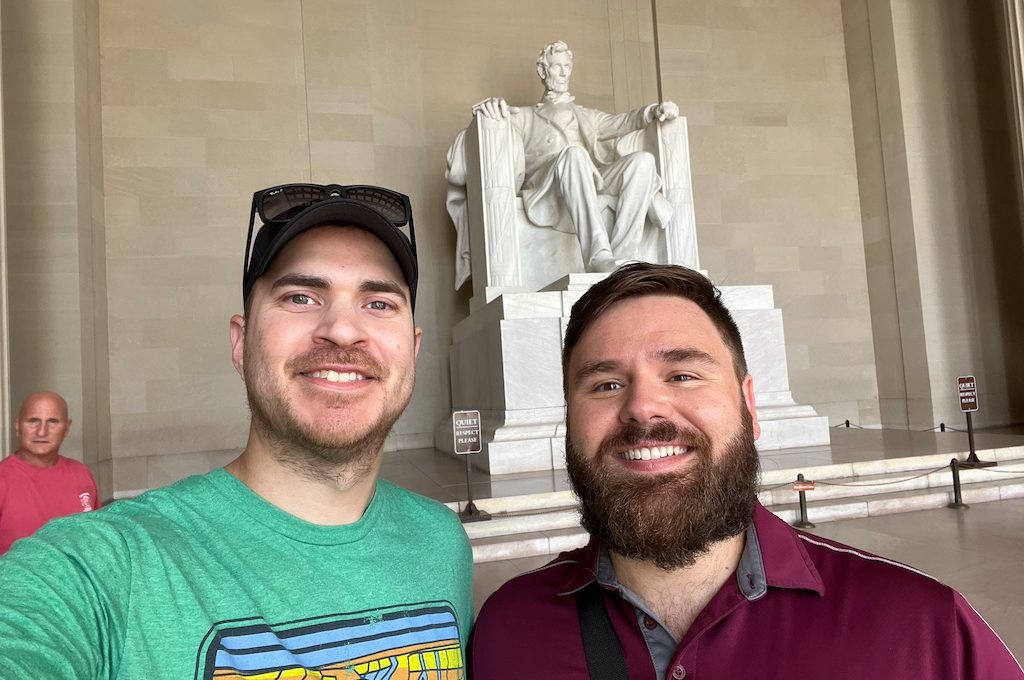
Let’s not deny that the slippery slope is real
While one must approach slippery slope arguments cautiously, there are instances where sufficient evidence demands acknowledgment of the ongoing reality.
When Confederate memorials and statues are taken down without thoughtful consideration of their historical value and the lessons they can provide, we pave the way for a new era where monument removal extends beyond the Confederate context.
This could potentially lead to the targeting of figures with any perceived character flaw. It overlooks the complexity of human nature and the evolution of moral standards across different eras, dismissing any nuanced understanding.
Beyond this concern lies the worry that the removal of statues depicting our forefathers may create a metaphorical crack in the country’s foundation.
There is a fear that this crack, if not addressed carefully, could gradually widen and potentially lead to the erosion of the foundational principles upon which the country was built. Forget history, we’re talking about stability.
We have seen people — whether protestors or government officials — taking down statues of the forefathers and other people we once thought were off limits.
George Washington was toppled in Portland and others have been gunning to take down more Washington statues (see here; here; here; here). A Thomas Jefferson statue removed from New York City Hall and taken down/relocated in Hempstead, a Ulysses S. Grant statue was taken down in San Francisco, and protestors even toppled a statue of Abraham Lincoln. The list goes on.
In my view, the dismantling or degrading of statues goes beyond the physical removal of metal or stone.
In the case of our founding fathers, it signifies a symbolic fracture in our culture, a division in the ideals these statues embody, some of which happen to be fundamental to the foundations of our country.
When the towering Moai statues on Easter Island, arguably symbolizing their literal founding fathers, were eventually toppled, it marked a profound cultural shift among the people. What came afterward is both noteworthy and deserving of attention.
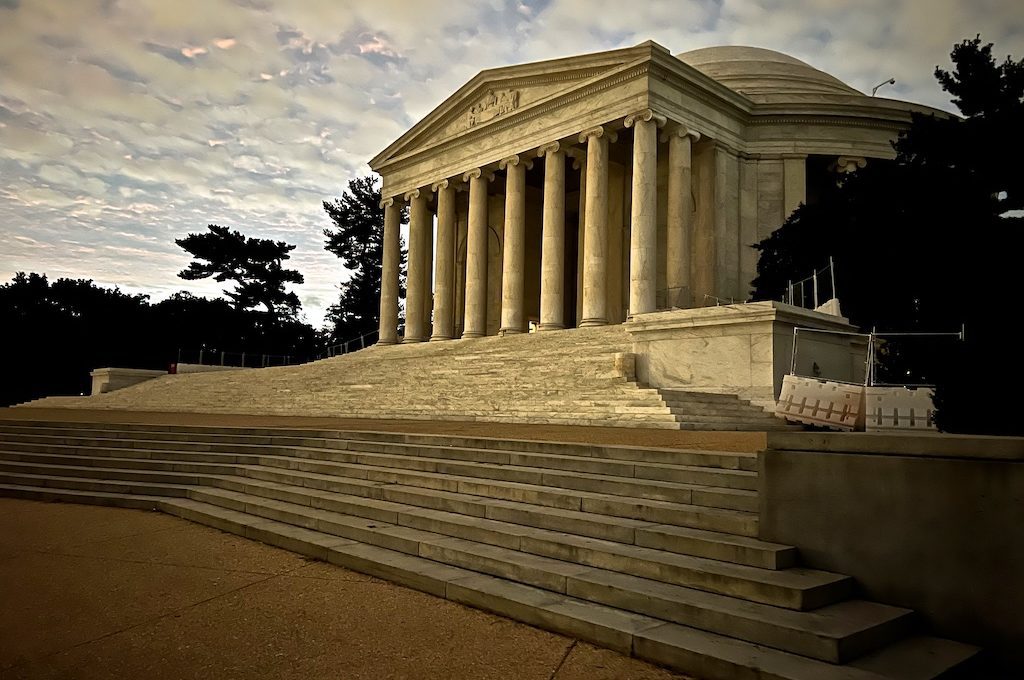
Returning to Easter Island
Returning to Easter Island, the act of toppling statues at the end of their cultural decline stands as a poignant reflection.
Many of these statues, even today, remain lying face down in the dirt. One prevailing theory suggests that this act was driven by a sense of betrayal, as the statues, believed to represent ancestors looking out for the people, seemingly failed to protect them during times of famine.
To that extent, there seems to be a scapegoat factor at play, where people struggled to identify the root causes of their angst and grappled with accepting responsibility for addressing the prevailing social unrest.
So they took it out on the symbols of their ancestors who had “failed them,” and they began toppling their statues throughout the entire island. It was only a matter of time after that when the entire society collapsed.
The imagery of mass statue toppling carries a sense of destabilization. It encapsulates not just the physical act but also the emotional weight and societal upheaval associated with a community grappling with cultural decline.
It’s one thing to topple statues of a brutal dictator after a protracted conflict but it’s quite another to systematically remove symbolic structures in hundreds of cities throughout a country based on a wide range of perceived character flaws that we now see so “clearly” with a modern moral lense.
The pace at which a diverse range of monuments and statues are being rapidly removed on a wide scale evokes a sense that something not quite right is in the air.
While I don’t think we are nearing the end of civilization like on Easter Island, the innate connections we have to these cultural artifacts make their mass removal feel like something different from “progress.”
The intention may be to move us forward, but there’s a palpable feeling that something valuable is being lost, namely an optimal way to learn from our past.
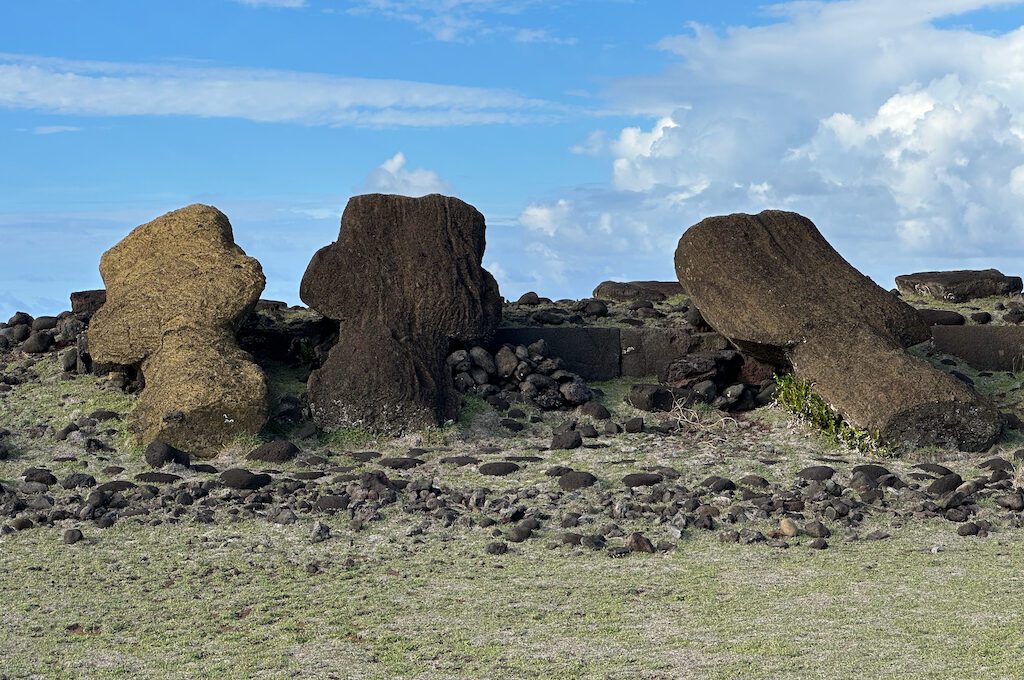
Daniel Gillaspia is the Founder of UponArriving.com and the credit card app, WalletFlo. He is a former attorney turned travel expert covering destinations along with TSA, airline, and hotel policies. Since 2014, his content has been featured in publications such as National Geographic, Smithsonian Magazine, and CNBC. Read my bio.

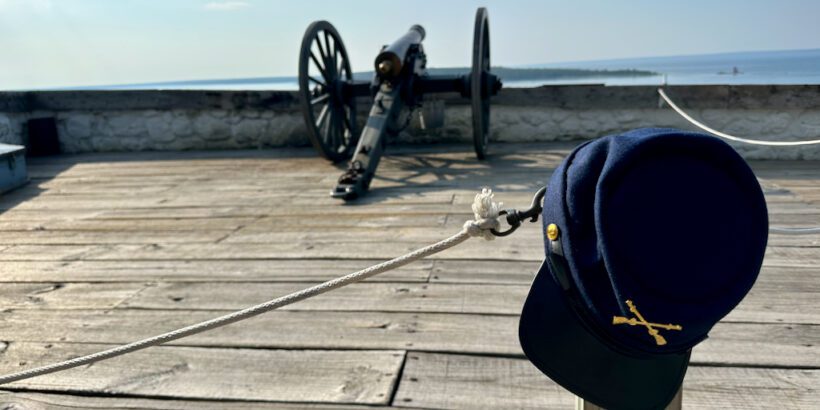
Stone Mountain was completed in 1972 at the urging of Georgia’s segregationist governor, not “shortly after the Civil War.”
Well, that section covers monuments all the way through the Civil Rights era so that’s why it was used, assuming that’s what you are referring to.
I am an immigrant (LEGAL) here in the US and will eventually be a citizen in a few months. I was dumbfounded why these people are destroying all these historical statues. Yes, some of them may have a connection to “slavery” or whatever historical grievance these people have on these statues, but don’t take them down instead use them to teach our future generations on why they were erected and what their significance to our country’s history. MLK was a well documented misogynist and physical abuser of women, should we take all of his statues down? Of course not. We focus on what he contributed to this country which is lot. Abraham Lincoln owned slaves prior to abolishing slavery, should we delete him from our history as well? In the Philippines we have statues of Ferdinand Marcos, one of them was a HUGE carving of his head on a hill (a la mt. rushmore) Marcos was responsible for a lot of extra judicial killings, kidnapping journalists, assassination of political opponents (ex. Ninoy Aquino). Filipinos did not focus on destroying these monuments, they focused on moving forward and made legislative actions to limit presidential terms so there would never be a dictator like Marcos ever again.